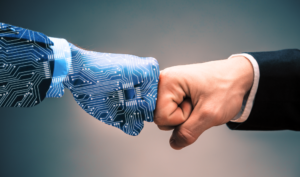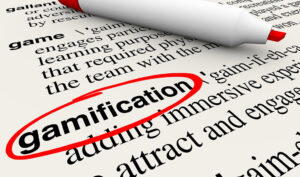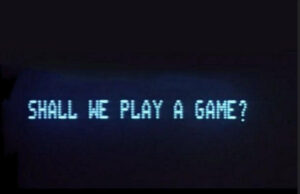
Employee Recognition: HR Best Practices in the Age of AI
Employee recognition is a must for any organization. But if you’re looking for a one-and-done kind of formula, you’ll probably want to think again. That’s

Employee recognition is a must for any organization. But if you’re looking for a one-and-done kind of formula, you’ll probably want to think again. That’s

“I know what I like, and I like what I know.” It’s easy to scoff at this old saying. Yet it applies to most of

The traditional hiring process has relied on the basic model for many years. Collecting resumes, sifting through them, evaluating candidates with assessments, and then shortlisting

70 percent of transformations fail due to lack of engagement. To improve those numbers, businesses are turning to gamification techniques. Here’s why it works:

What makes a professional hiring manager? Dealing with budgets, business priorities, and tons of paperwork is essential; but is it what employees need and expect

Gamification is proving to be an effective tactic to help motivate employees and increase engagement. A dedicated workforce can be your greatest asset and —
Wellness in the workplace is a huge and growing trend these days. Makes sense, right? A healthier employee is a happier employee—and also a more
Gamification – using game-play elements in a nongame activity – is trending across a range of industries. For a while, HR professionals were excited about
Gamification – using game-play elements in a nongame activity – is trending across a range of industries. For a while, HR professionals were excited about
There’s a ton of research showing that a happy employee is a more engaged employee(and more productive, too), and technology can play a big role.

How can employers win the hearts and minds of today’s workforce? The TalentCulture community takes a closer look — for better or worse.

Looking to strengthen your pool of qualified talent? Try these tips to cast a broader net

Engagement is the fruit of ongoing relationships and healthy workplace cultures. How can gamification help?

Does “fun” fit into your vision of the ideal workplace? Are game-based models really effective at driving employee engagement? Let’s talk about it with several business culture innovators

We’re excited to transform organizational cultures — hand-in-hand with a dynamic leader in workforce engagement! Learn more about our partnership…

How are employers pushing the “gamification” envelope to improve hiring and management decisions? See highlights and collected resources from a week of playful #TChat events

How is the world of work being transformed by gamification and big data analytics? Two experts explore the leading edge of innovation with our community